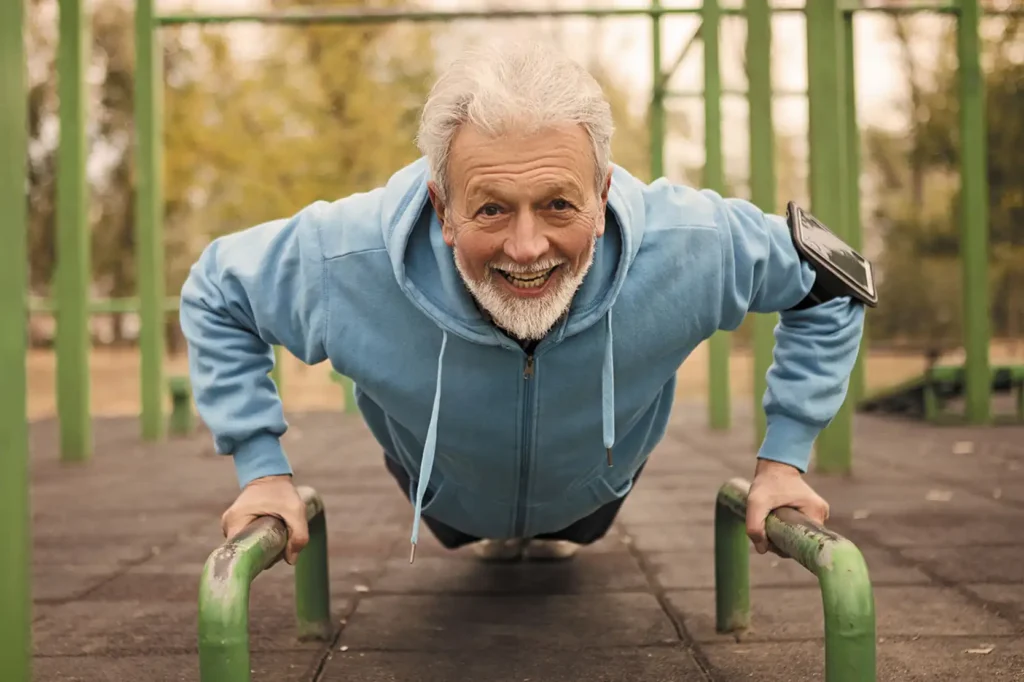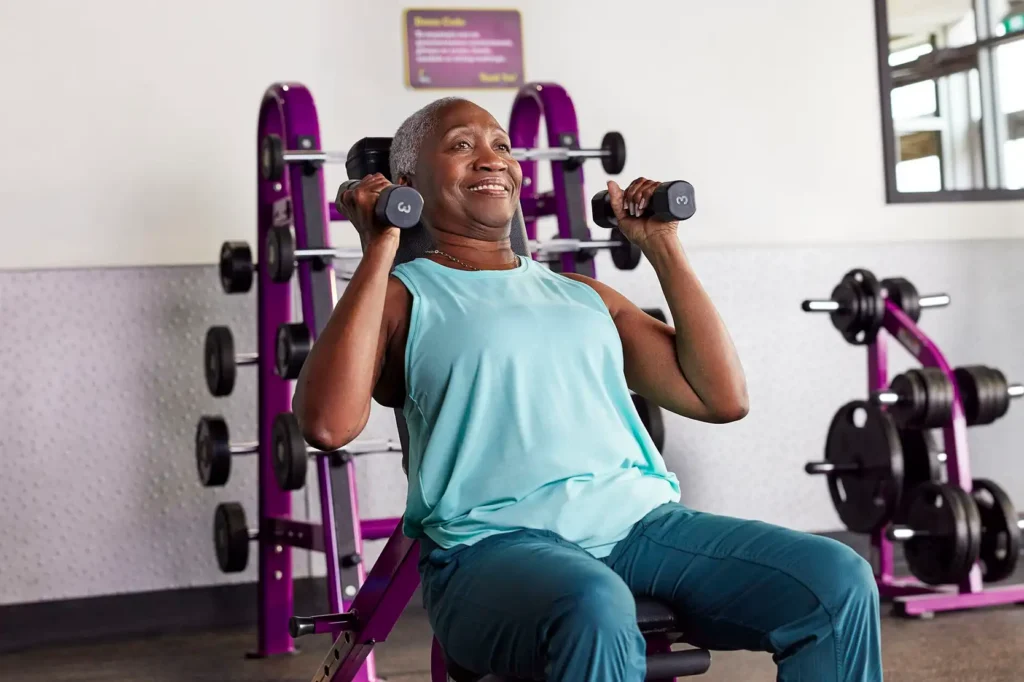Discover the best exercises for seniors to stay active, strong, and independent. This guide covers strength training, balance exercises, low-impact cardio, and flexibility workouts to improve mobility, heart health, and overall well-being.
Introduction to Best Exercises for Seniors:
As we age, staying active becomes more important than ever. Regular exercise not only helps seniors maintain their physical health but also boosts mental well-being, improves balance, and reduces the risk of chronic diseases. The best exercises for seniors are those that are safe, effective, and enjoyable, catering to different fitness levels and health conditions. Whether you’re looking to improve flexibility, build strength, or enhance cardiovascular health, there’s an exercise routine out there for you.
In this guide, we’ll explore the top exercises tailored for seniors, backed by expert advice and years of experience. From low-impact activities like walking and swimming to strength training and balance exercises, we’ll cover everything you need to know to stay fit and healthy in your golden years. Let’s dive in!
Seniors should avoid high-impact activities like running, deep squats, heavy weightlifting, and exercises that strain the joints or cause pain.
1. Walking: The Foundation of Senior Fitness:
Walking is one of the best exercises for seniors because it’s simple, accessible, and highly effective. It requires no special equipment, can be done almost anywhere, and is gentle on the joints. Regular walking improves cardiovascular health, strengthens muscles, and enhances mood by releasing endorphins.
To get started, aim for a 30-minute walk at least five times a week. If you’re new to exercise, begin with shorter sessions and gradually increase your pace and distance. Walking with a friend or joining a walking group can make it more enjoyable and keep you motivated.

2. Strength Training: Build Muscle and Bone Health:
Strength training is crucial for seniors as it helps combat age-related muscle loss (sarcopenia) and improves bone density. Using light weights, resistance bands, or even your body weight can make a significant difference. Focus on exercises like squats, bicep curls, and wall push-ups to target major muscle groups.
Start with two to three sessions per week, ensuring you allow a day of rest between workouts to let your muscles recover. Always prioritize proper form over heavy weights to avoid injury. If you’re unsure where to begin, consider consulting a fitness trainer who specializes in senior fitness.
3. Balance Exercises: Prevent Falls and Improve Stability:
Falls are a leading cause of injury among seniors, making balance exercises a must. Simple activities like standing on one leg, heel-to-toe walking, or practicing tai chi can significantly improve stability and coordination. These exercises strengthen the core and lower body, which are essential for maintaining balance.
Incorporate balance exercises into your routine at least three times a week. For added safety, perform them near a wall or chair for support. Over time, you’ll notice improved confidence in your movements and a reduced risk of falls.
4. Stretching and Flexibility: Stay Limber and Pain-Free:
As we age, muscles and joints tend to stiffen, making stretching an essential part of any senior fitness plan. Gentle stretching exercises improve flexibility, reduce muscle tension, and enhance range of motion. Yoga and Pilates are excellent options that combine stretching with mindfulness and breathing techniques.
Aim to stretch for 10-15 minutes daily, focusing on major muscle groups like the hamstrings, shoulders, and back. Remember to warm up with light activity before stretching and avoid bouncing, which can lead to injury.
5. Low-Impact Cardio: Protect Joints While Staying Active:
For seniors with joint issues or arthritis, low-impact cardio exercises like swimming, cycling, or using an elliptical machine are ideal. These activities provide a great cardiovascular workout without putting excessive strain on the joints. Swimming, in particular, is a full-body workout that improves endurance, strength, and flexibility.
Try to include low-impact cardio in your routine three to four times a week. If you’re new to these activities, start slowly and gradually increase intensity as your fitness level improves.
FAQ
Most frequent questions and answers
Seniors should avoid high-impact activities like running, deep squats, heavy weightlifting, and exercises that strain the joints or cause pain. Always listen to your body.
Seniors should aim for at least 150 minutes of moderate exercise per week, with a mix of strength, balance, flexibility, and cardio workouts.
Yes! It’s never too late to start. Begin with low-impact exercises like walking or chair workouts, then gradually increase intensity as your fitness improves.
Conclusion:
Incorporating the best exercises for seniors into your routine can help maintain strength, balance, and overall health. Whether it’s strength training, balance exercises, or low-impact cardio, staying active is key to enjoying a long and healthy life. Start with gentle movements and gradually build your fitness level. Staying active isn’t just about exercise—it’s about maintaining independence, reducing health risks, and feeling great every day.








